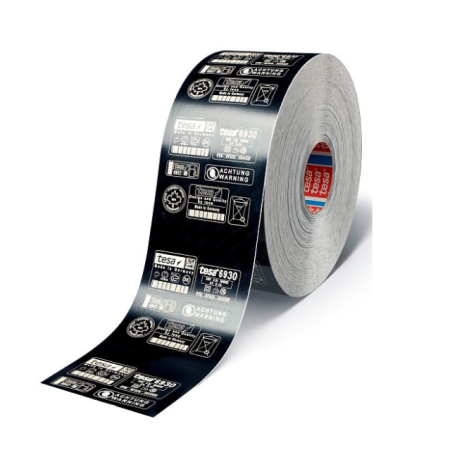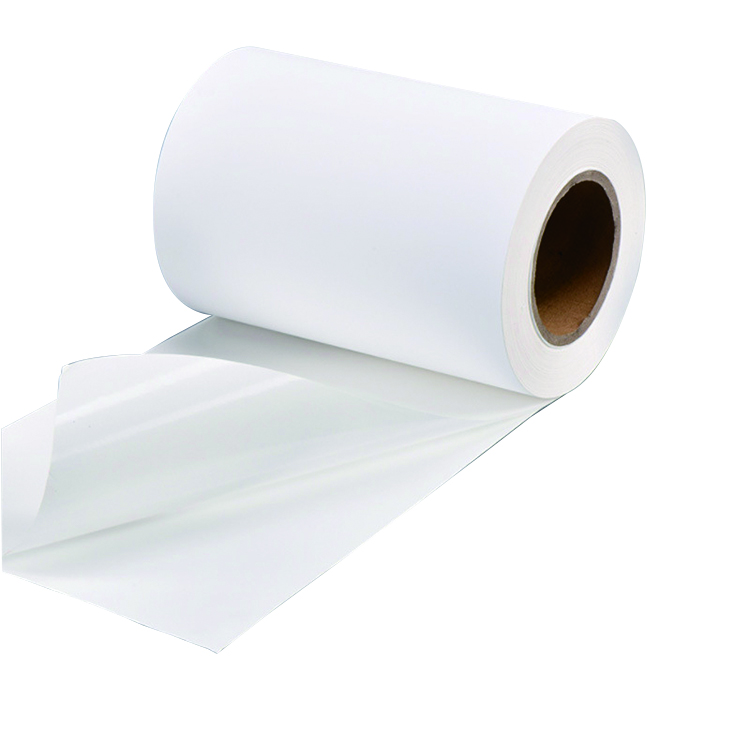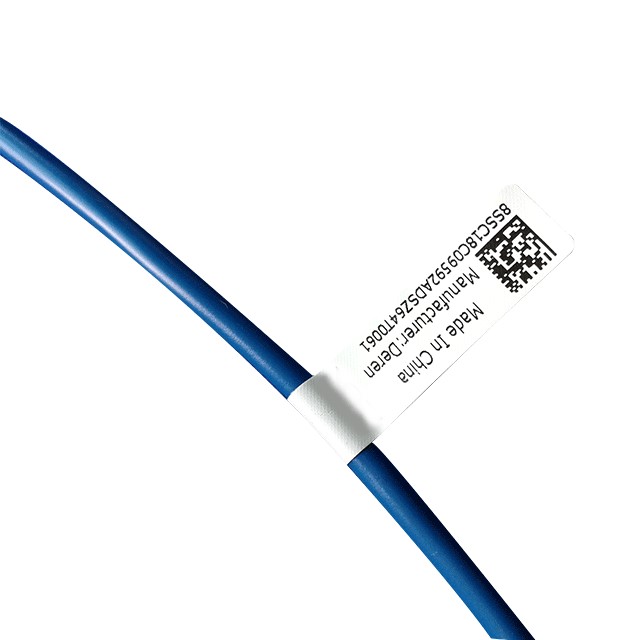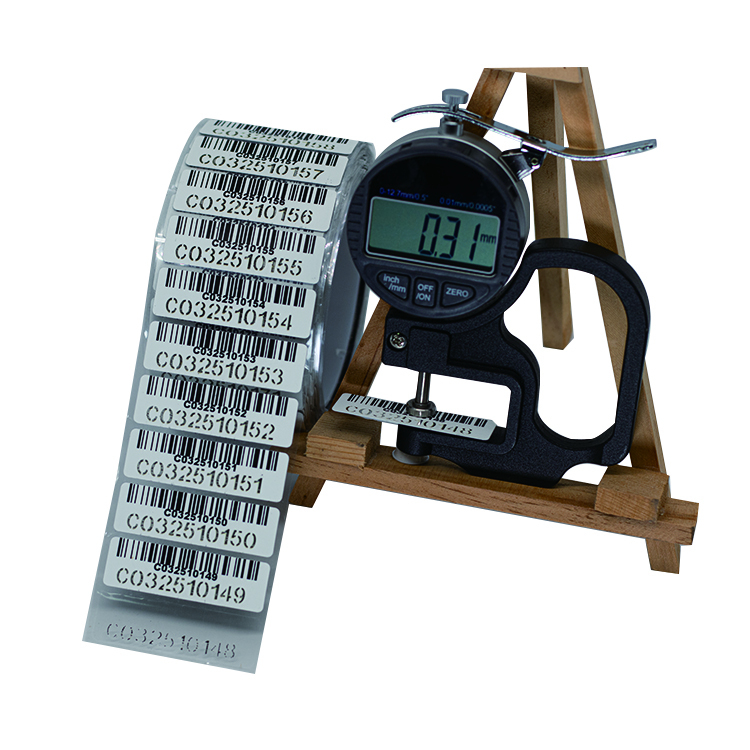High-Temperature Resistant Labels in PP Plastic: A Requirement
Sticker labels play a crucial role in various industries, serving as a means of identification, information, and branding. In many cases, labels are subjected to extreme temperatures, particularly in industries such as automotive, aerospace, and electronics. To ensure the durability and legibility of labels under high-temperature conditions, the use of high-temperature resistant labels in polypropylene (PP) plastic has become a necessity.
The Importance of High-Temperature Resistance
High-temperature resistant labels are designed to withstand the challenging conditions of extreme heat without compromising their adhesion, readability, or overall quality. In industries where labels are exposed to elevated temperatures, regular labels may fade, peel off, or become illegible, leading to potential safety hazards, process inefficiencies, or loss of valuable information.
By utilizing high-temperature resistant labels in PP plastic, industries can ensure that essential information, warnings, and instructions remain intact and visible, even in the harshest environments. These labels are specifically engineered to withstand temperatures ranging from -40°C to 150°C, making them suitable for a wide range of applications.
The Advantages of PP Plastic
PP plastic is an ideal material for high-temperature resistant labels due to its excellent thermal stability, chemical resistance, and mechanical properties. It offers outstanding dimensional stability, making it less prone to shrinkage or deformation when exposed to extreme temperatures. Additionally, PP plastic is lightweight, flexible, and cost-effective, making it a popular choice for various industries.
Furthermore, PP plastic exhibits excellent resistance to solvents, acids, and alkalis, ensuring that the labels remain intact and legible even in harsh chemical environments. This makes PP plastic labels suitable for applications in chemical manufacturing, laboratory settings, and other industries where exposure to corrosive substances is common.
Applications of High-Temperature Resistant Labels in PP Plastic
The versatility of high-temperature resistant labels in PP plastic makes them suitable for a wide range of applications. Some notable examples include:
1. Automotive Industry: High-temperature resistant labels are used for engine components, exhaust systems, and electrical wiring, where labels must endure extreme heat and potential exposure to oils, fuels, and chemicals.
2. Aerospace Industry: Labels in this sector are subjected to high temperatures during space missions, re-entry, and engine operations. High-temperature resistant labels ensure critical information remains visible and intact, contributing to safe and efficient operations.
3. Electronics Industry: In electronic manufacturing, labels are exposed to high temperatures during soldering and other assembly processes. High-temperature resistant labels in PP plastic ensure that identification and traceability information remains readable throughout the production cycle.
4. Industrial Manufacturing: Labels used in industrial manufacturing processes, such as metal fabrication, glass production, and plastic molding, must withstand high temperatures without compromising their adhesion or readability. High-temperature resistant labels in PP plastic fulfill this requirement effectively.
Conclusion
High-temperature resistant labels in PP plastic have become an essential requirement in industries where extreme heat poses a challenge. These labels offer excellent resistance to high temperatures, chemicals, and mechanical stress, ensuring that critical information remains visible and legible. By utilizing high-temperature resistant labels, industries can enhance safety, improve efficiency, and maintain the integrity of their products and processes even in the most demanding environments.
We offer comprehensive technical support, including free professional labeling solutions, advice on label materials and adhesive selection, as well as online/offline assistance from professional software and hardware engineers. Service email: andy@ownlikes.cn. In pre-sales, we leverage our extensive experience in specialty labeling projects to provide clients with the most suitable hardware solutions. Additionally, all our label barcode printers and scanners come with a three-year free warranty, demonstrating our confidence in our products.






This site is protected by reCAPTCHA and the Google Privacy Policy and Terms of Service apply.